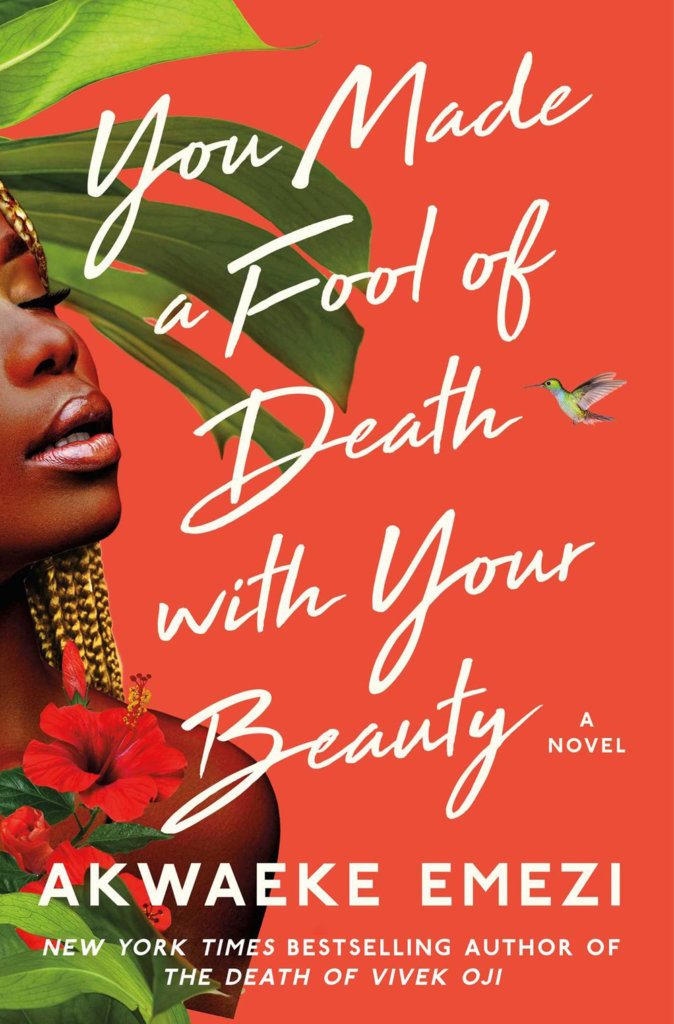A Beautiful Disguise
Roseanna M. White begins her Imposters series, set in Edwardian London, with the soul-stirring historical romance A Beautiful Disguise, which features a gentle, engrossing love, an eccentric cast and many surprises.
Known for her exaggerated gowns, Lady Marigold Fairfax manages to convince her peers that she is just another member of the elite. But behind her facade is a brave woman who is desperate to save her family’s impecunious estate, so she and her brother, Yates, are working as anonymous private investigators known as the Imposters. Years ago, the Fairfax mansion was host to a traveling circus, and retired circus lions and monkeys still roam the grounds. The circus performers also now live with the Fairfax siblings and are considered part of the family. Lady Marigold and Yates incorporate circus skills gained from this found family into their investigative work.
Sir Merritt Livingstone, an officer working in the War Office Intelligence Division, seeks the services of the Imposters when he suspects possible espionage that could jeopardize a soon-to-be established intelligence branch and, consequently, weaken England’s position against Germany. Along with this central political mystery, A Beautiful Disguise includes many suspenseful scenes and unexpected twists as the Imposters gather information for their various clients.
Lady Marigold struggles to balance her true persona with the false image she projects to protect their secret operations. Although she wishes to show her real identity to Sir Merritt, she is aware of the risks involved in such a disclosure. With Yates’ encouragement, she learns to let down her guard and allow her real self to shine, and soon a romance develops between her and Sir Merritt. A dramatic, rewarding finale concludes this fascinating novel.
He Should Have Told the Bees
In the triumphant contemporary Christian novel He Should Have Told the Bees, Amanda Cox explores the importance of facing childhood trauma and finding family in unexpected places.
Beckett Walsh’s idyllic life is rocked by her father’s sudden death. In addition to dealing with this powerful grief, Beck discovers that her farm, including her treasured apiary, has a new co-owner—Callie Peterson, who learns she was named co-trustee of a farm by a man she never knew. Callie is determined to build her own life while supporting her mother through her substance abuse issues. Although unsure how to proceed, she believes money from selling the farm could help her avoid plunging into debt while paying for her mother’s rehabilitation process. Cox handles difficult topics—including childhood trauma from parental neglect and substance abuse—in a gentle yet realistic way. The characters’ struggles are considered in depth: For years, Callie has grappled with her mother’s broken promises and the effects of growing up in an unstable environment, and Beck has her own painful childhood memories of waiting for her mother to return. Secondary characters have moving stories too, and readers learn more about Beck’s father’s past.
For every difficult emotion in He Should Have Told the Bees, there are just as many uplifting moments. Beck builds a friendship with Fern, a young neighbor who shares Beck’s fascination with bees. Two subtle romantic relationships also infuse the story with compassion and warmth. The facts given about beekeeping are fascinating, and family secrets add a few twists.
Cox’s hopeful, heartwarming novel touches on complicated relationships, the value of friendship and the impact of trauma with great heart and kindness.
The Wings of Poppy Pendleton
Melanie Dobson’s captivating dual-timeline novel The Wings of Poppy Pendleton chronicles the disappearance of a young girl from a castle in New York’s Thousand Islands and, years later, the investigation into her disappearance.
In 1992, Chloe Ridell is determined to safeguard the privacy of her island and protect it from public scrutiny. Eighty-five years earlier, Poppy Pendleton disappeared from a castle that still stands, albeit in ruins, on the same night that her father, Leslie, mysteriously died. Both incidents remain unsolved. When a girl named Emma with connections to the Pendleton family shows up at Chloe’s doorstep, Chloe decides to look into the castle’s past. With help from a reporter named Logan, Chloe works to unravel a baffling mystery that could save Emma’s life. Chloe’s bond with Logan also helps her to navigate difficult childhood memories and financial issues that could lead to the closure of her candy shop. Meanwhile, Logan grapples with his own past experiences, some of which have been devastating, but he stays committed to doing what is right.
The 1907 island setting comes to life through evocative descriptions of Poppy’s world and that of her parents, Leslie and Amelia, who aspire to be recognized as members of New York’s gilded society. On the night of Leslie’s death and Poppy’s disappearance, the elegantly decorated castle bustles with activity as guests await President Theodore Roosevelt’s arrival. This central mystery is layered and exciting, tracing the story as far back as Amelia’s childhood in England. After Poppy disappears, Amelia tries to build a life for herself, but her past continues to haunt her.
Dobson’s characters find redemption, discover their own strength and experience the power of family relationships to pull us down—or lift us up.









































































